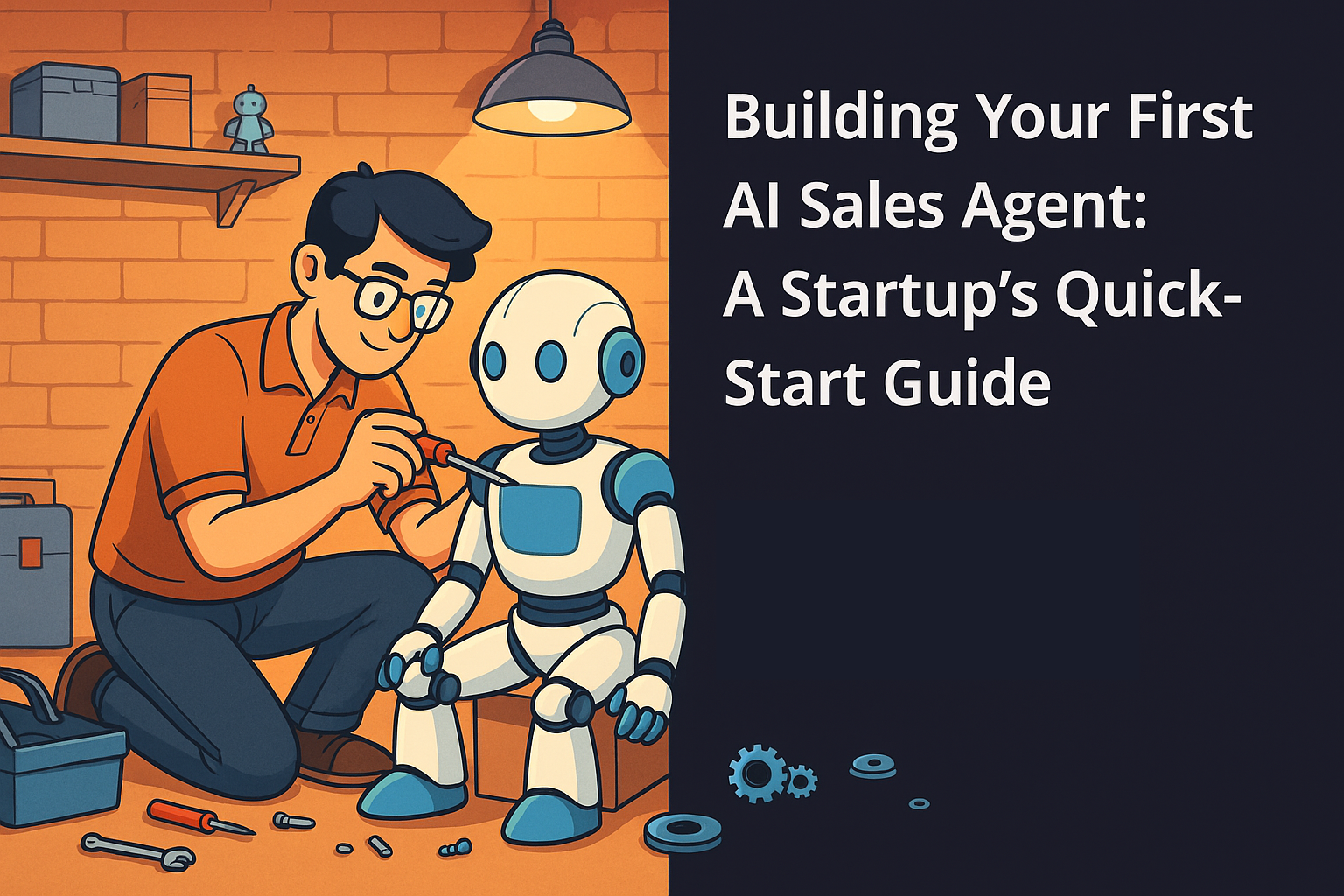Crafting the perfect follow-up email after no response is a crucial skill. Whether you’re seeking a job, following up on a sales lead, or just trying to get a reply to a personal message, knowing how to write an effective follow-up email can significantly improve your chances of getting a response. In this comprehensive guide, we’ll explore strategies, tips, and examples to help you master the art of writing follow-up emails after no response.
Why Follow-Up Emails Matter
Follow-up emails are essential for several reasons:
- Persistence Pays Off: Sometimes, the recipient may have missed your initial email or forgotten to reply. A follow-up shows that you are serious and committed.
- Polite Reminder: A well-crafted follow-up email serves as a polite reminder, nudging the recipient to take action.
- Maintaining Momentum: For sales and business communications, follow-up emails help maintain momentum and keep the conversation moving forward.
How to Write an Effective Follow-Up Email After No Response
Writing a follow-up email after no response involves a blend of tact, persistence, and clarity. Here’s how to do it effectively:
Step 1: Wait for the Right Time
Before writing a follow-up email, give the recipient some time to respond. Typically, waiting 3-7 days after the initial email is appropriate. This window allows the recipient to address other priorities while keeping your request fresh in their mind.
Step 2: Craft a Compelling Subject Line
The subject line is the first thing the recipient sees, so make it count. It should be clear, concise, and indicate the purpose of the follow-up. Examples include:
- “Just Checking In”
- “Following Up on Our Previous Conversation”
- “Quick Reminder: [Subject of Initial Email]”
Step 3: Open with a Polite Greeting
Start your follow-up email with a polite greeting. Address the recipient by name to make the email more personal. For instance:
- “Hi [Recipient’s Name],”
- “Dear [Recipient’s Name],”
Step 4: Reference Your Previous Email
Briefly mention your previous email to provide context. This helps the recipient recall your initial message. For example:
- “I hope you’re well. I wanted to follow up on the email I sent last week regarding [topic].”
- “I’m writing to follow up on my previous email about [subject].”
Step 5: Reiterate Your Request
Clearly state your request or the reason for your follow-up. Be concise and to the point. For instance:
- “I was wondering if you had a chance to review my proposal and if you have any feedback.”
- “I wanted to check if you’re available for a meeting next week to discuss our collaboration.”
Step 6: Provide Additional Information
If necessary, provide any additional information that might help the recipient respond. This could include attachments, links, or clarifications. However, keep it brief to avoid overwhelming the recipient.
Step 7: Close Politely
End your email with a polite closing. Express appreciation for their time and indicate that you look forward to their response. For example:
- “Thank you for your time. I look forward to hearing from you soon.”
- “I appreciate your attention to this matter and hope to hear from you soon.”
Step 8: Include a Clear Call to Action
A clear call to action (CTA) guides the recipient on what to do next. Be specific and actionable. For instance:
- “Could you please confirm your availability for a meeting next week?”
- “Please let me know if you need any further information or if we can schedule a call to discuss this.”
Examples of Follow-Up Emails After No Response
To help illustrate these steps, here are a few examples of follow-up emails for different scenarios:
Example 1: Job Application Follow-Up
Subject: Follow-Up on Application for [Job Title]
Hi [Recipient’s Name],
I hope you’re well. I’m writing to follow up on the application I submitted last week for the [Job Title] position at [Company Name]. I am very excited about this opportunity and wanted to see if there have been any updates regarding my application.
Please let me know if there is any additional information you need from me. I look forward to hearing from you soon.
Thank you for your time and consideration.
Best regards, [Your Name]
Example 2: Sales Follow-Up
Subject: Following Up on Our Previous Conversation
Dear [Recipient’s Name],
I hope this email finds you well. I wanted to follow up on our conversation last week about [Product/Service]. I’m excited about the possibility of working together and wanted to see if you had any further questions or needed more information.
Could you please let me know if we can schedule a call to discuss this further? I look forward to your response.
Thank you for your time.
Best regards, [Your Name]
Example 3: Networking Follow-Up
Subject: Just Checking In
Hi [Recipient’s Name],
I hope you’re doing well. I wanted to follow up on the email I sent last week regarding [topic]. I’m very interested in discussing [specific interest or request] and would love to connect at your earliest convenience.
Please let me know a time that works for you. I appreciate your time and look forward to hearing from you.
Best regards, [Your Name]
Best Practices for Writing Follow-Up Emails After No Response
To ensure your follow-up emails are effective, keep these best practices in mind:
1. Be Professional and Polite
Always maintain a professional and polite tone. Remember, the recipient may have a valid reason for not responding initially.
2. Keep It Short and Sweet
Respect the recipient’s time by keeping your follow-up email concise and to the point. Avoid unnecessary details and focus on your main message.
3. Personalize Your Message
Personalize your email by addressing the recipient by name and referencing your previous conversation or email. This makes your follow-up more engaging and relevant.
4. Use a Clear Call to Action
A clear call to action (CTA) helps guide the recipient on what to do next. Make sure your CTA is specific and actionable.
5. Follow Up at Appropriate Intervals
Give the recipient enough time to respond before sending another follow-up. Generally, waiting a week between follow-ups is a good rule of thumb.
6. Provide Value
Whenever possible, add value to your follow-up email. This could be in the form of additional information, useful resources, or solutions to potential problems.
Common Mistakes to Avoid
When writing follow-up emails after no response, avoid these common mistakes:
1. Being Pushy or Aggressive
While it’s important to be persistent, avoid coming across as pushy or aggressive. This can turn the recipient off and reduce your chances of getting a response.
2. Sending Too Many Follow-Ups
Bombarding the recipient with multiple follow-up emails in a short span of time can be counterproductive. Space out your follow-ups appropriately.
3. Not Providing Context
Failing to reference your previous email can confuse the recipient. Always provide context to remind them of your initial message.
4. Lack of Clarity
Ensure your follow-up email is clear and easy to understand. Avoid jargon or overly complex language that might confuse the recipient.
5. Ignoring Feedback
If the recipient provides feedback or requests additional information, address their concerns in your follow-up. Ignoring their input can harm your chances of getting a positive response.
Advanced Strategies for Effective Follow-Up Emails
To further enhance your follow-up emails after no response, consider these advanced strategies:
1. Leverage Multiple Channels
If you’re not getting a response via email, consider reaching out through other channels such as LinkedIn, phone calls, or even in-person meetings. Diversifying your approach can increase your chances of getting a reply.
2. Use Email Tracking Tools
Email tracking tools can help you monitor whether your emails are being opened and read. This information can guide your follow-up strategy, allowing you to adjust your timing and approach based on recipient behavior.
3. Offer Incentives
In some cases, offering an incentive can prompt a response. This could be a discount for a product, a free resource, or an exclusive opportunity. Ensure the incentive is relevant and valuable to the recipient.
4. Segment Your Follow-Ups
If you’re following up with multiple recipients, segment your follow-up emails based on the recipient’s interests, behavior, or relationship with you. Personalized follow-ups are more likely to resonate and elicit a response.
5. Analyze and Optimize
Regularly review the performance of your follow-up emails. Analyze which approaches are most effective and refine your strategy accordingly. Continuous optimization can lead to better results over time.
Remember
Writing a follow-up email after no response is an essential skill that can significantly impact your professional and personal communications. By following the steps outlined in this guide and incorporating best practices, you can increase your chances of getting a response and achieving your goals.
Remember, persistence is key, but it’s also important to be respectful and considerate of the recipient’s time and circumstances. With the right approach, your follow-up emails can become a powerful tool for driving engagement, building relationships, and achieving success.
In summary, mastering the art of writing follow-up emails after no response involves waiting for the right time, crafting compelling subject lines, providing context, being concise, including clear calls to action, and maintaining professionalism and politeness. By avoiding common mistakes and leveraging advanced strategies, you can enhance your follow-up emails and achieve better results in your communication efforts.


.jpg)


.svg)